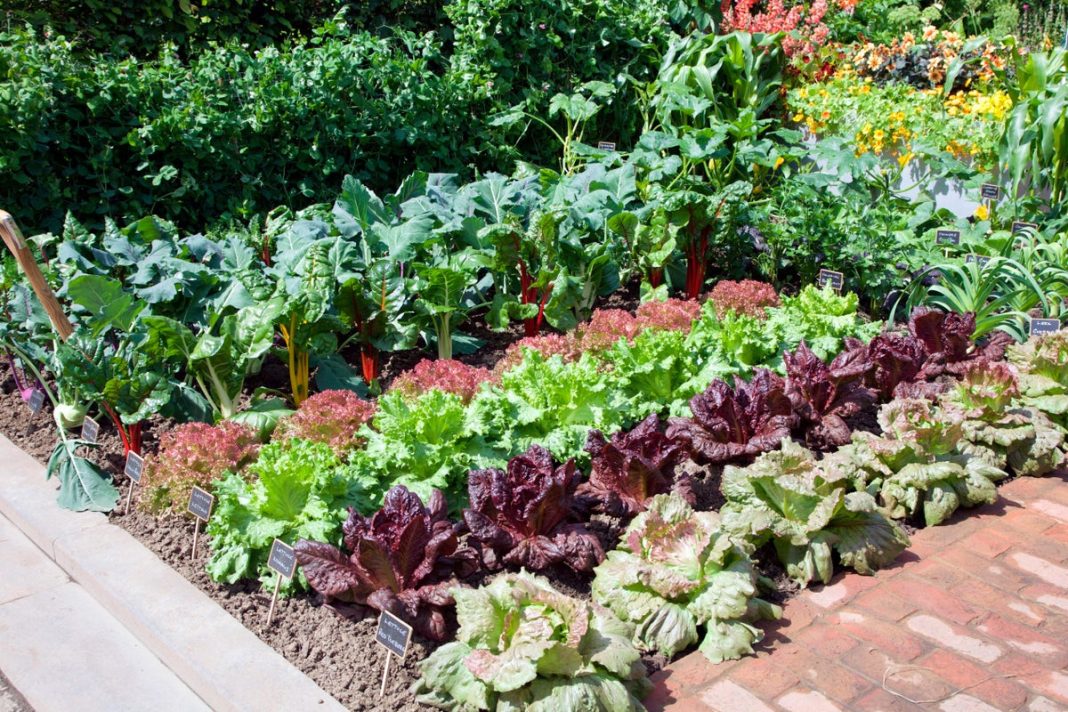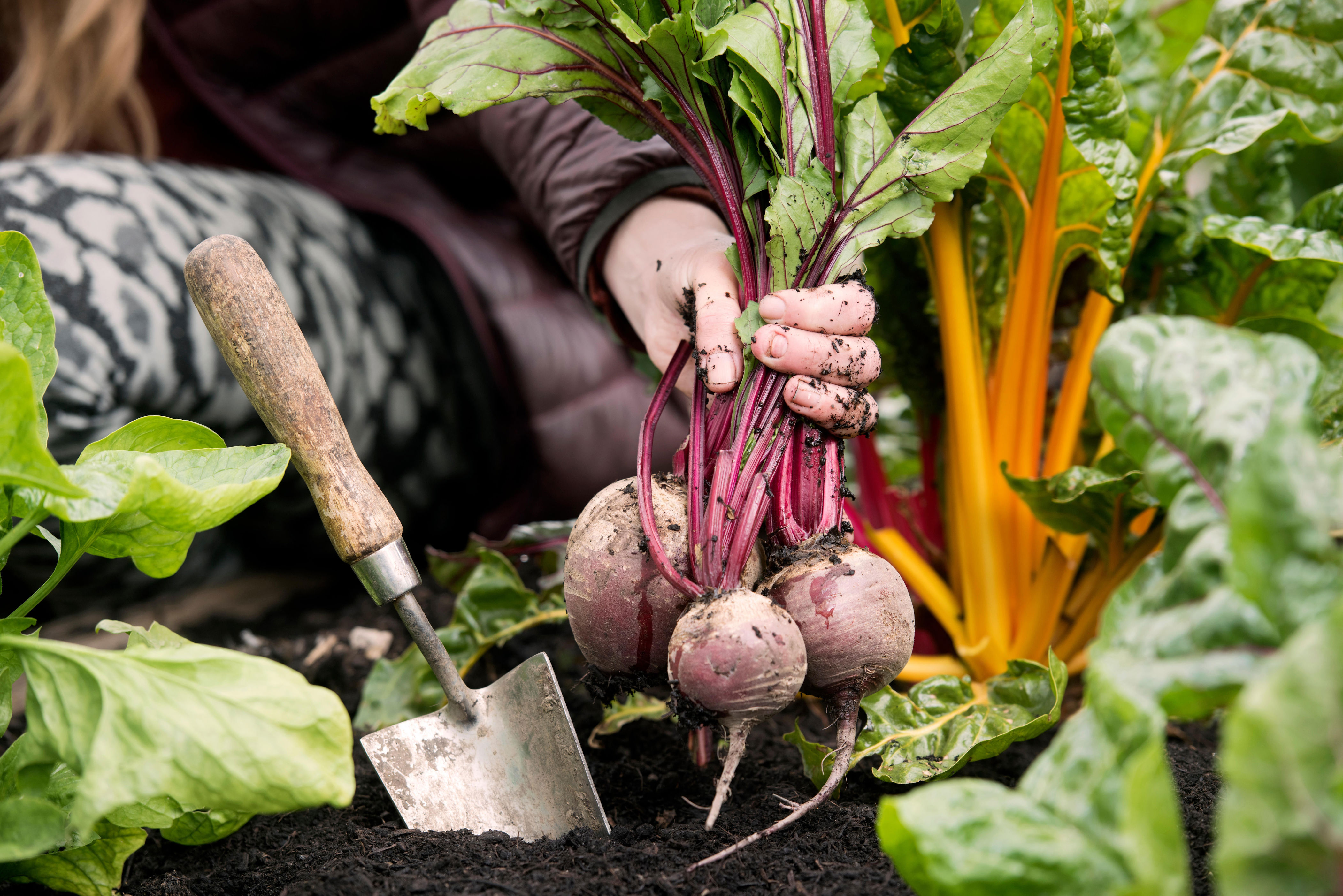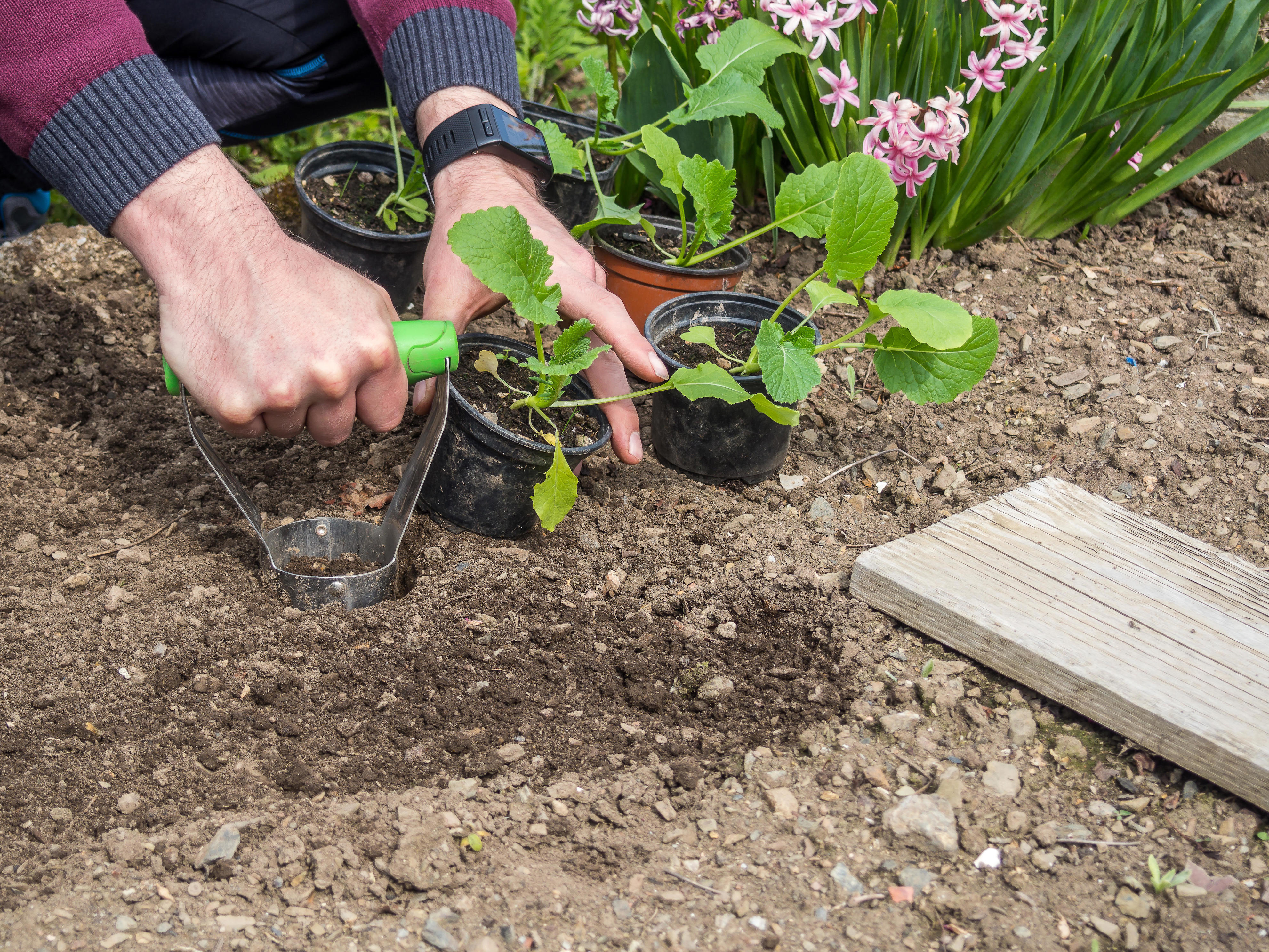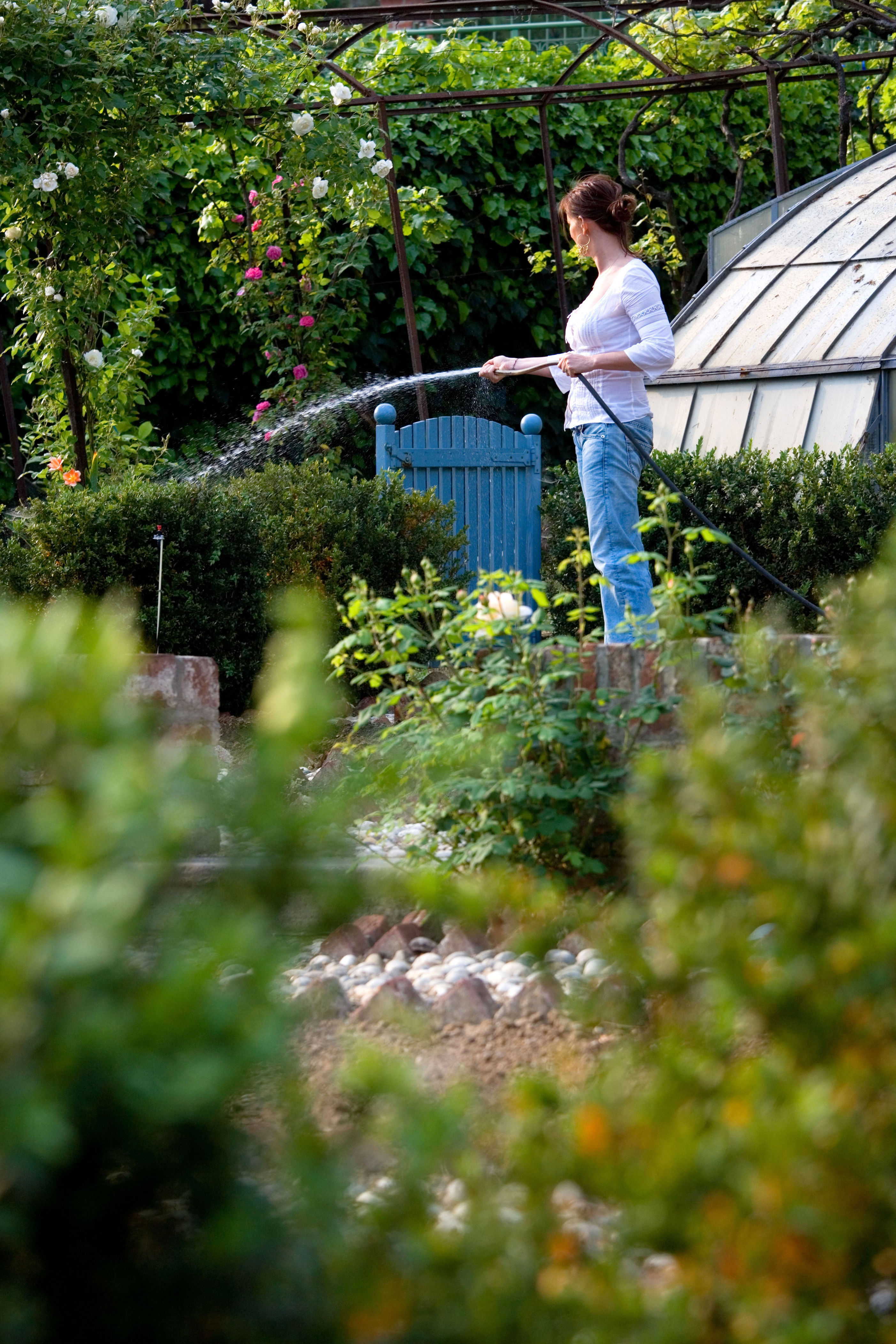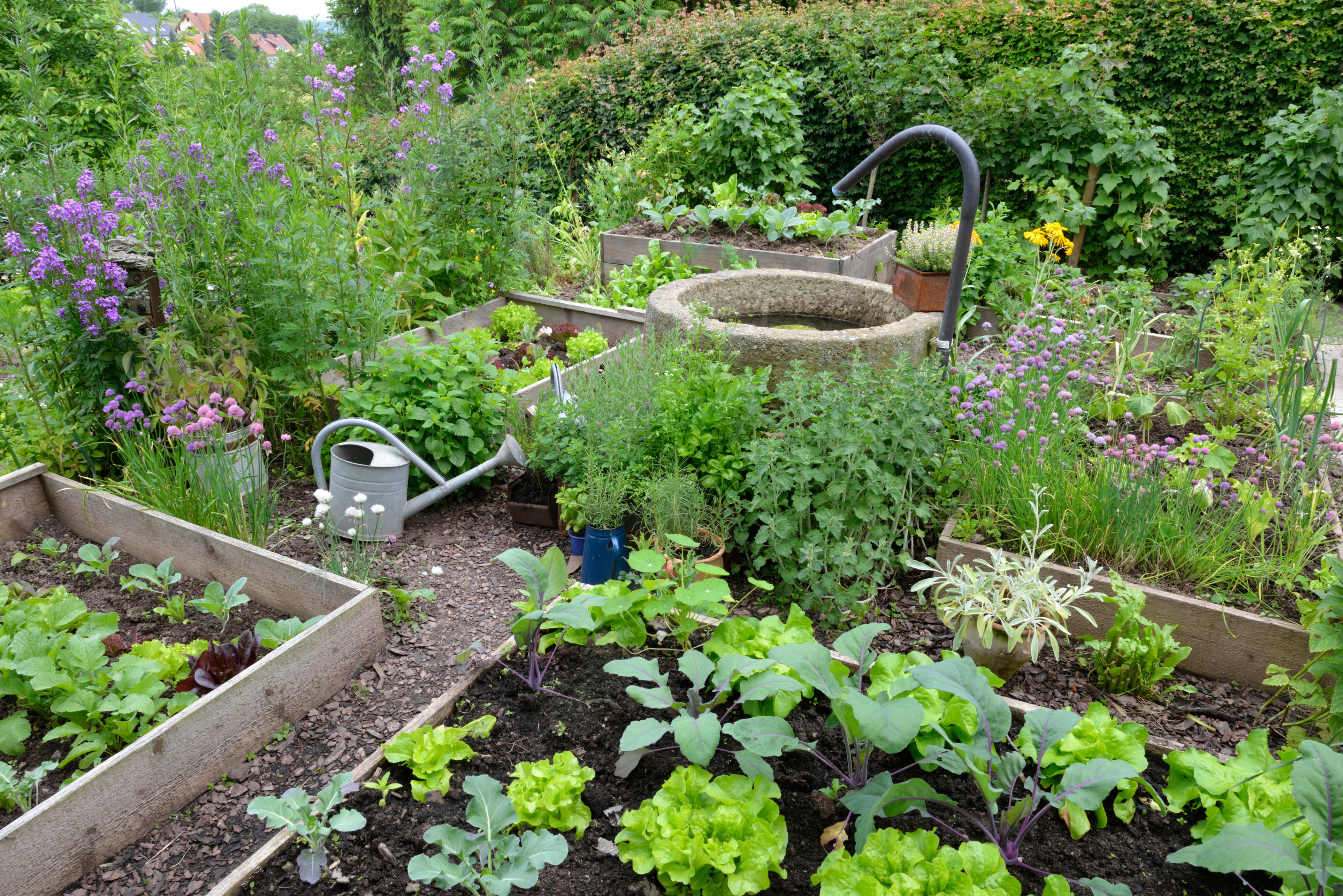June is the ideal month to prepare your garden for fall, even as you relish the abundance currently flourishing. There remain numerous plant varieties that you can start sowing at this time.
Whether you’re planting leafy greens or late-season zucchini, June offers an ideal time to sow both quick-growing varieties and those that thrive in mid-summer heat.
Whether you’re nurturing a peaceful city balcony or managing an expansive rural garden, these are the plants to cultivate for a plentiful autumn yield.
The top choices for fruits and veggies to begin planting starting from June onwards.
By early June, when the ground warms up and the threat of frost disappears, it becomes an ideal time to sow delicate plants directly into the outdoor soil.
“June is a good time to plant out the last of the tender crops, such as courgettes and squashes, with successional sowing of beetroot, lettuce and radish,” says edibles and nursery team leader at
RHS Garden Harlow Carr
, Joe Lofthouse.
These work really well for filling any spaces you might have in your vegetable garden.
Vegetables with rapid growth periods such as radishes and lettuce can reach maturity within just four to six weeks. By practicing successive planting for quick-growing crops like beetroots, you can ensure a continuous harvest all through the summer season.
“I typically plant a secondary batch of beans in June, direct-sowing them into the beds. Additionally, several other veggies like celeriac and celery can also be sown during this month,” explains Lofthouse.
Extended-season crops such as celery and celeriac profit from this more temperate planting period; however, they require regular watering to flourish. Additionally, make sure not to overlook climbing plants like runner beans.
French
Beans, which you can plant directly in garden beds or big pots and they’ll produce plentifully by early fall.
Great choices for novice gardeners
If you’re new to gardening, the key is to keep it manageable. Stick to crops that grow quickly and don’t require much fuss.
Lofthouse recommends beginning with a modest garden and expanding based on the crops you enjoy consuming.
“Buying vegetable plants from a garden centre is a good option to start with as they will have a root system ready to be transferred into your vegetable garden. Root veg such as beetroots, turnips and radish are very easy to grow.”
As well as these, herbs are a great low-maintenance option for smaller spaces, as they can often be grown in pots or window boxes.
“Sowing brassicas – cruciferous vegetables – such as broccoli direct into a bed in rows is also a good option,” explains Lofthouse. “Once they are large enough to handle, dig up and plant into their final position.”
Brassicas like broccoli, kale and cauliflower can be started from seed this month too – just keep an eye out for slugs, which love nibbling on young plants. You can also companion plant with marigolds to deter pests organically.
The garden methods you ought to alter
Heat
and water stress are two major pitfalls for summer planting.
Lotfhouse recommends avoiding planting during the peak heat of the day, suggesting instead to opt for early mornings or evenings when temperatures are milder.
If you’re sowing seeds directly into the ground, I recommend watering the rows thoroughly before placing the seeds, particularly for vegetables such as courgettes, squash, and cucumbers, since they have high water requirements.
Thoroughly watering both the plants and the soil before and after planting aids in keeping the plants well-nourished, and applying mulch around new plants assists in maintaining moisture levels.
“I would additionally suggest cultivating bolt-resistant varieties because plants often bolt [go to seed prematurely] when stressed by warm, dry conditions,” notes Lofthouse.
It’s advisable not to plant fruits in June since they would need substantial amounts of water.
For leafy greens like spinach or coriander, look for bolt-resistant varieties, which are bred to withstand hot weather without prematurely flowering. And while fruits like strawberries are best planted earlier in the year or in autumn, focus now on crops that will mature before the first frost.
The best plants for small spaces
If you don’t have much space to try out gardening – don’t be discouraged. Many crops thrive in pots or window boxes, as long as they receive enough sunlight and consistent watering.
“Although from June onward they’ll need frequent watering, most vegetables and fruits can be cultivated in containers,” according to Lofthouse.
“
Herbs
are suitable for container growth since they need minimal watering. I also enjoy cultivating carrots and salad greens in containers.”
Spinach, green onions, baby carrots, and container-friendly tomatoes are perfect for pots and can be picked gradually.
Herbs like thyme, parsley and chives are particularly suited to pot life and can be snipped as needed, offering fresh flavour at your fingertips.
It’s best to use multipurpose compost and opt for terracotta or glazed ceramic pots, which help retain moisture better than plastic.
Overwintering plants to consider at this stage
Lofthouse says it’s best to think long-term by planting overwintering crops now. Winter brassicas such as sprouts, winter cabbage and kale need a head start during the warmer months to establish strong roots before temperatures drop.
“June is a good time of the year to plant out winter brassicas,” says Lofthouse. “I like to sow leeks into a seedbed outdoors and harvest baby leeks throughout the winter.”
Plant your brassicas in a seedbed or small nursery plot, and later move them when the seedlings have grown strong.
Leeks planted now can be picked when they’re still young or allowed to grow until early spring. Make sure to keep their rows free from weeds and heap soil around their base to promote longer white stalks.
Mistakes
to steer clear of when sowing at a later time in the season
There are a few typical errors you should aim to steer clear of when sowing later in the season.
The most significant errors include planting something but failing to water it regularly, or cultivating a substantial quantity of a single vegetable without being able to consume it all,” explains Lofthouse, “as this can cause the plants to go to seed prematurely.
It’s simple to get excited about planting, yet consider pragmatically — how much of a single vegetable will you genuinely consume?
Steer clear of food wastage by planting in modest, controllable quantities and consider successive sowings to ensure your yields are staggered over time.
The Independent has consistently maintained a worldwide viewpoint. Rooted in strong foundations of exceptional international journalism and analysis, The Independent now boasts a readership that would have been unimaginable at its launch as a newcomer in the UK media landscape. For the first time since the conclusion of World War II, these independent principles—pluralism, rationality, a forward-thinking and compassionate approach, along with global engagement—are facing challenges globally. Despite this, The Independent continues to expand its influence.


